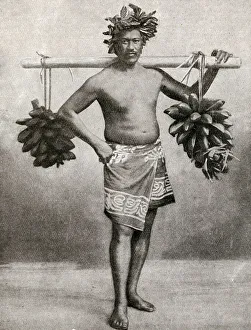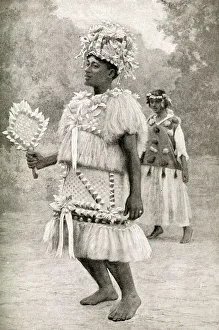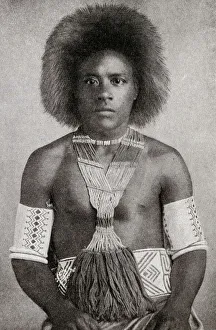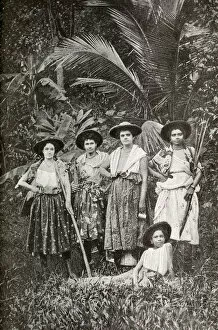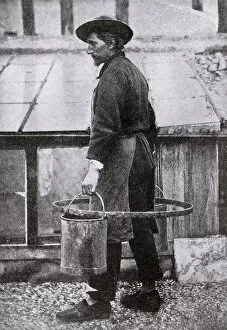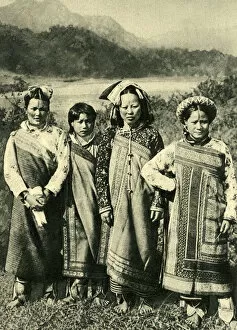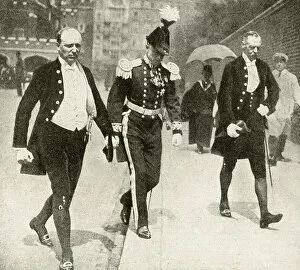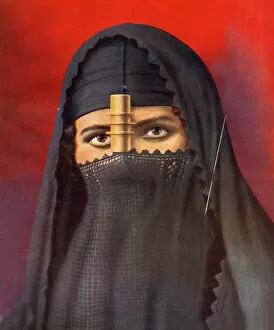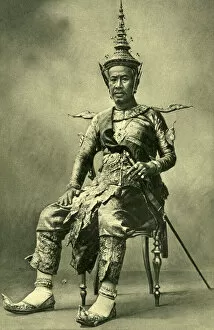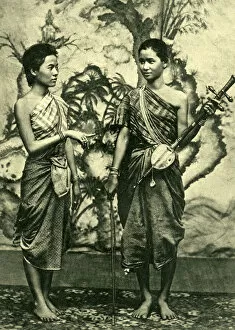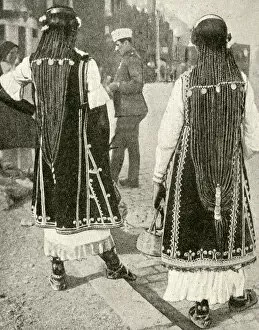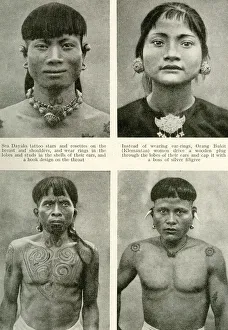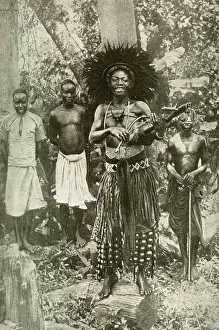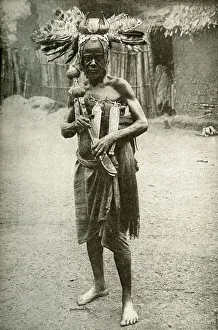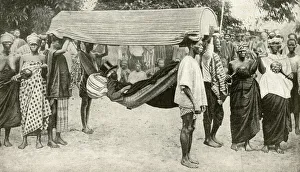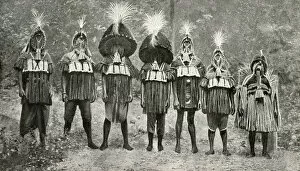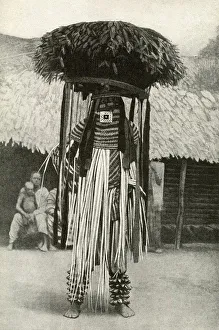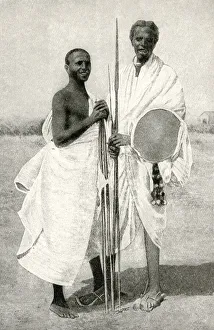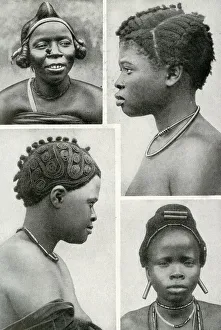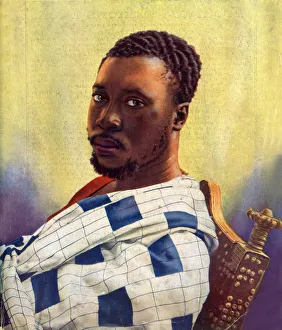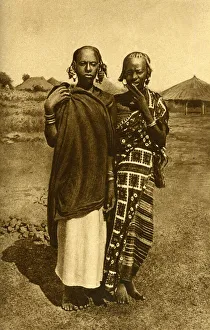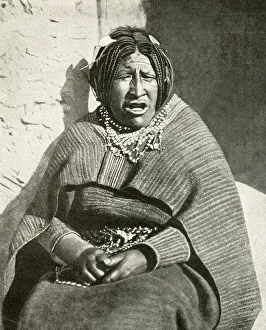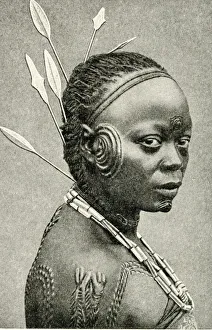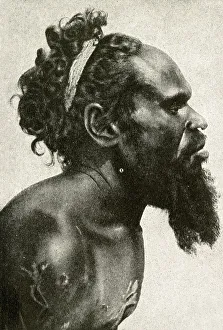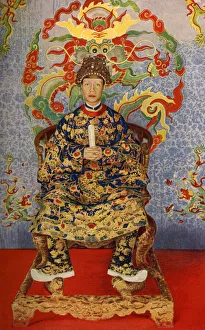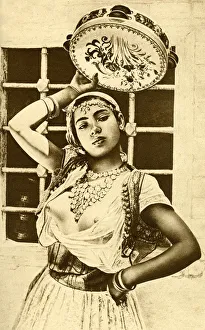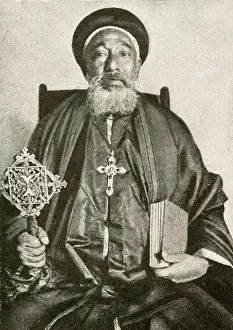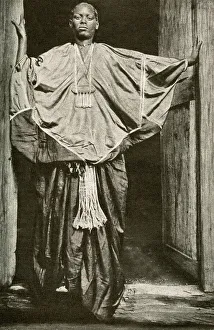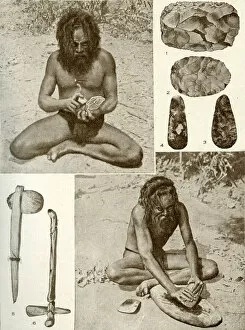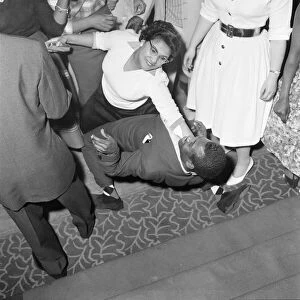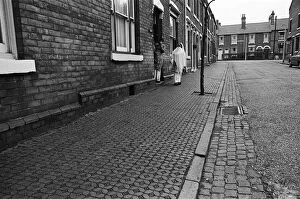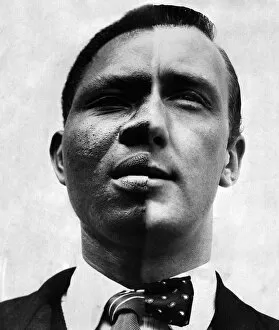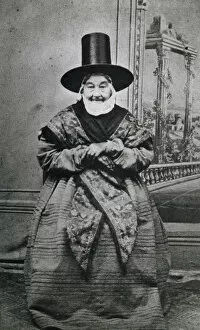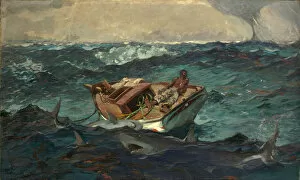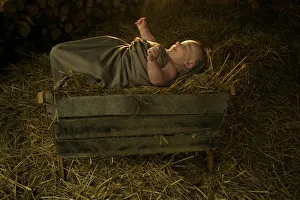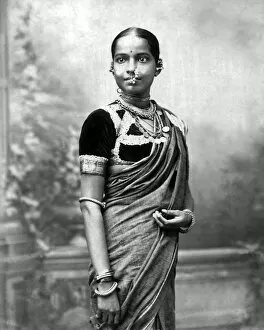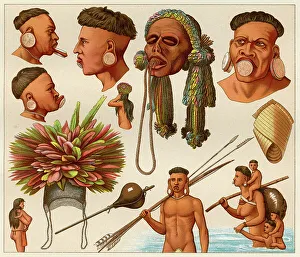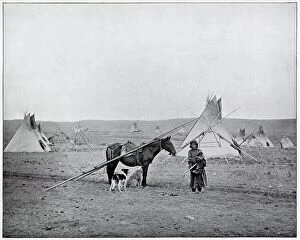Racial Collection (page 5)
"Unveiling the Power of Protest: A Glimpse into Racial Dynamics Through Captivating Moments" In a defining moment at the 1968 Olympic Games in Mexico City
All Professionally Made to Order for Quick Shipping
"Unveiling the Power of Protest: A Glimpse into Racial Dynamics Through Captivating Moments" In a defining moment at the 1968 Olympic Games in Mexico City, American runners Tommie Smith and John Carlos took a bold stand against racial injustice. As they stood on the podium during the medal ceremonies, their clenched fists raised high in a Black Power salute, their message reverberated around the world. Australian athlete Peter Norman joined them by wearing an OPHR badge, displaying solidarity with their cause. Reflecting on history's tapestry struggles, we encounter Geronimo - an iconic figure representing Native American resistance against oppression. His indomitable spirit echoes through time as he fought valiantly for his people's rights. Shifting our gaze to Pearly Kings & Queens and Welsh Girls donning traditional costumes in 1908, we witness cultural pride amidst adversity. These vibrant displays serve as reminders that diversity should be celebrated rather than suppressed. Journeying further across continents brings us face-to-face with a Chukchi Warrior clad in armor - emblematic of indigenous resilience against colonization. Their unwavering determination to preserve their heritage resonates deeply within our collective consciousness. Glimpses into marginalized communities continue with snapshots of Gypsies and Caravan life from the 1930s to Kent's present-day gypsies. These images remind us of ongoing challenges faced by these communities while highlighting their rich cultural contributions often overlooked or misunderstood. Tragically, racial tensions persist even within law enforcement systems as evidenced by a haunting photograph capturing police brutality towards young black men during Birmingham's Youth Mass Demonstration in 1963. This painful reminder urges us to confront systemic racism head-on and strive for justice and equality. Expanding our perspective beyond borders takes us back centuries ago to Japan's samurai era where racial dynamics shaped society profoundly. The legacy left behind serves as both a testament to resilience and a call for understanding.

